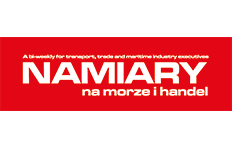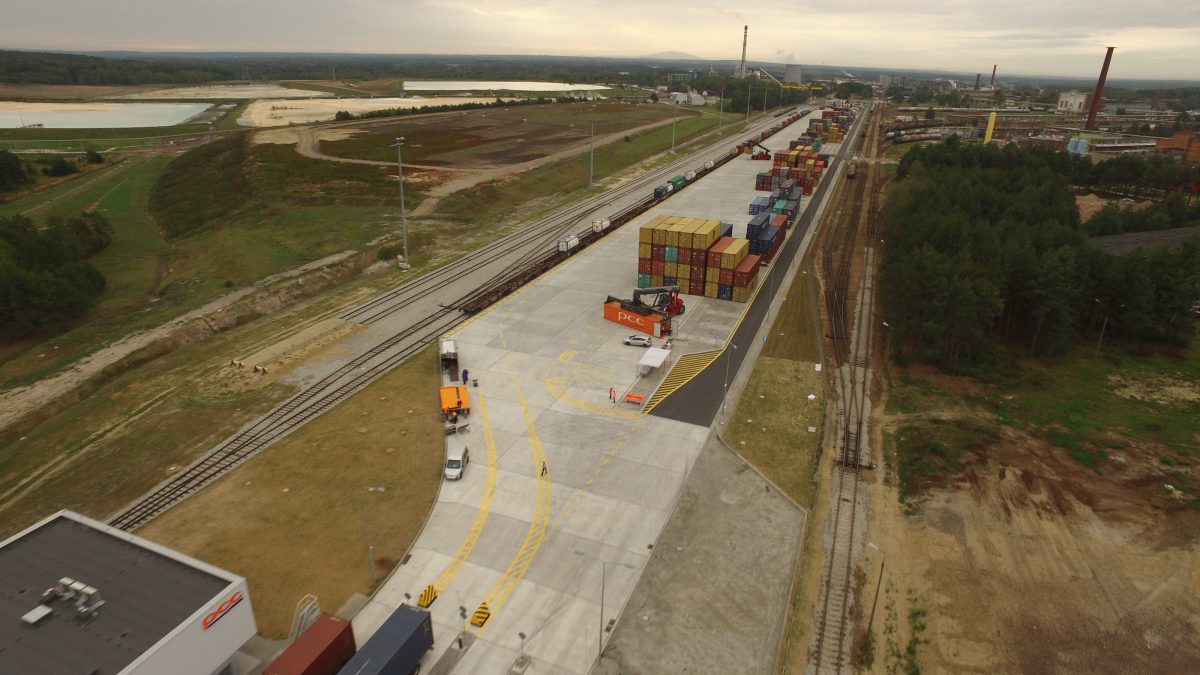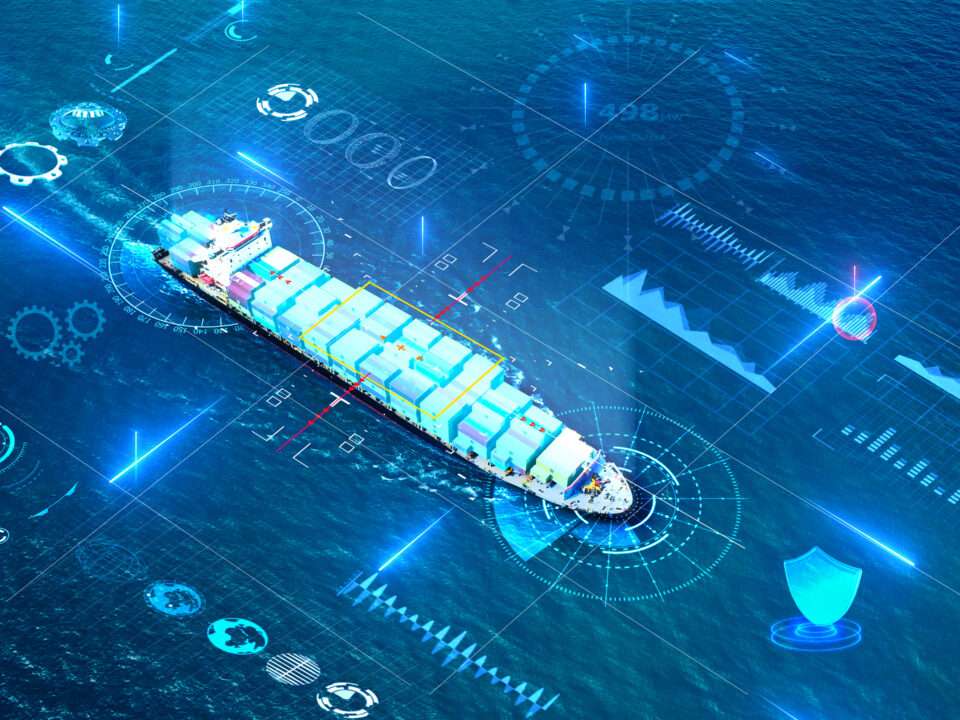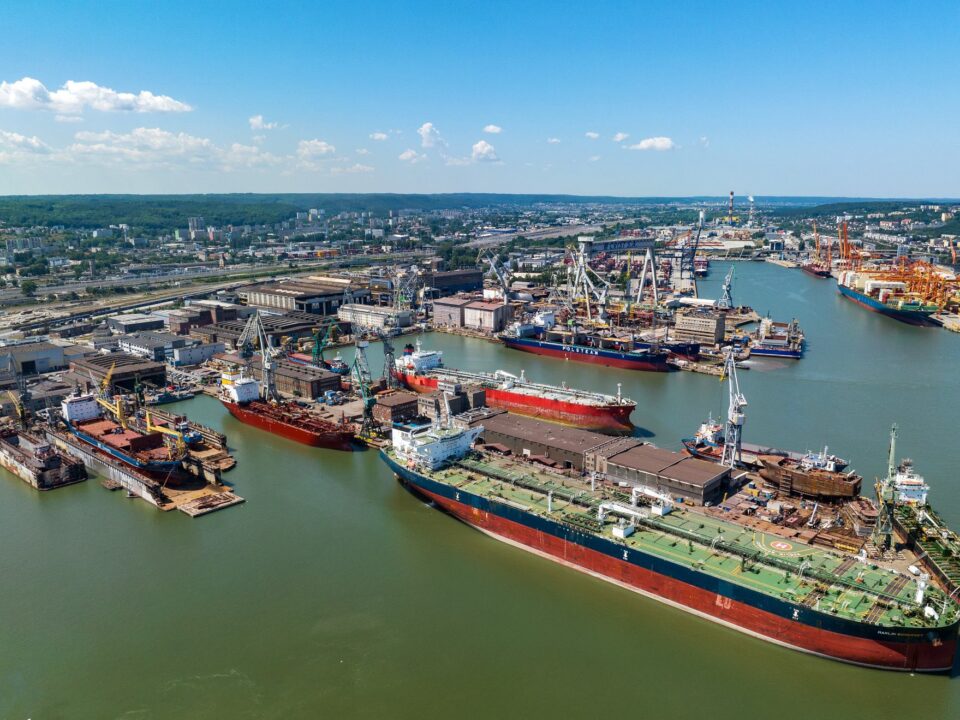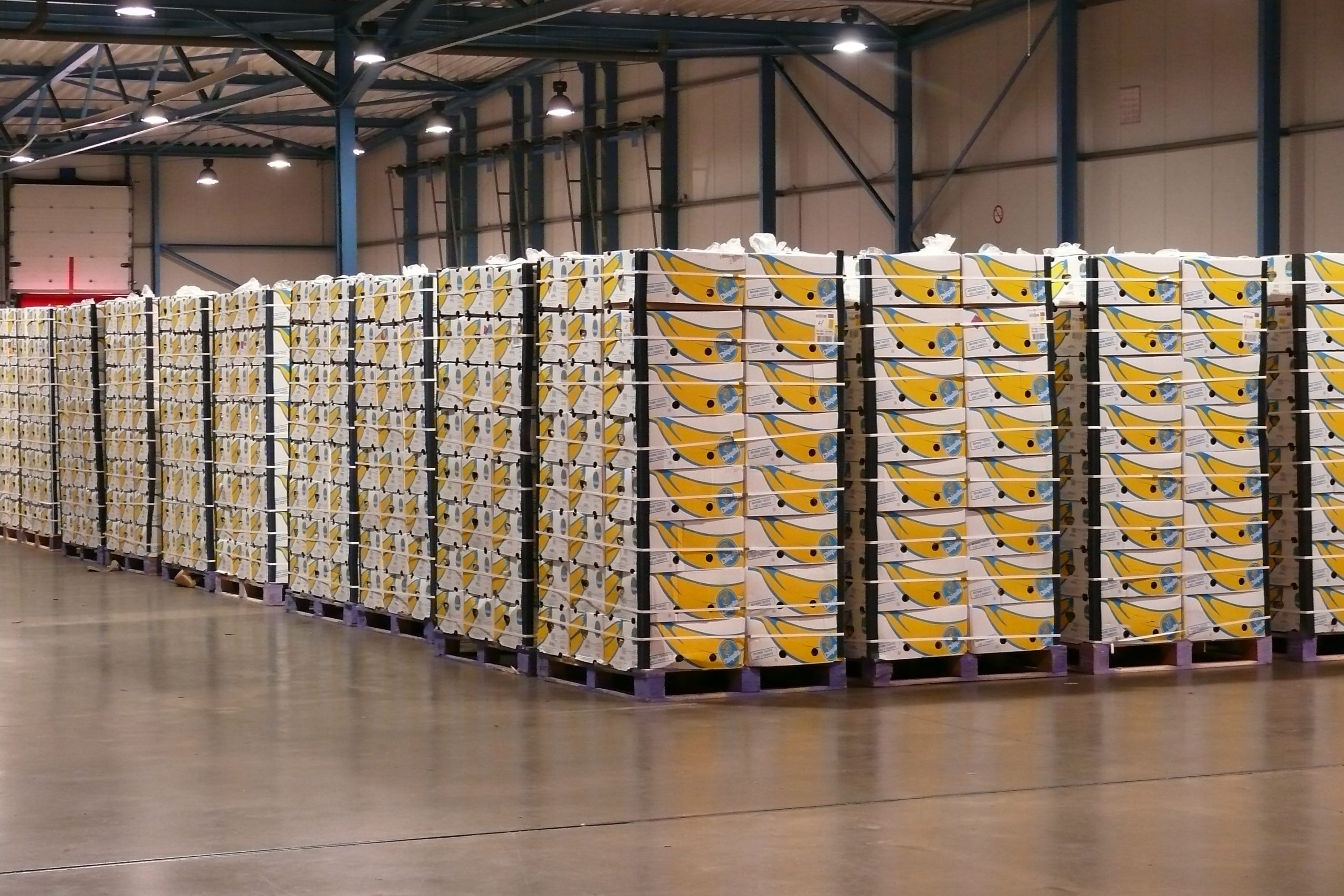
Problems of Polish ports with regard to handling of foodstuffs
2 September 2021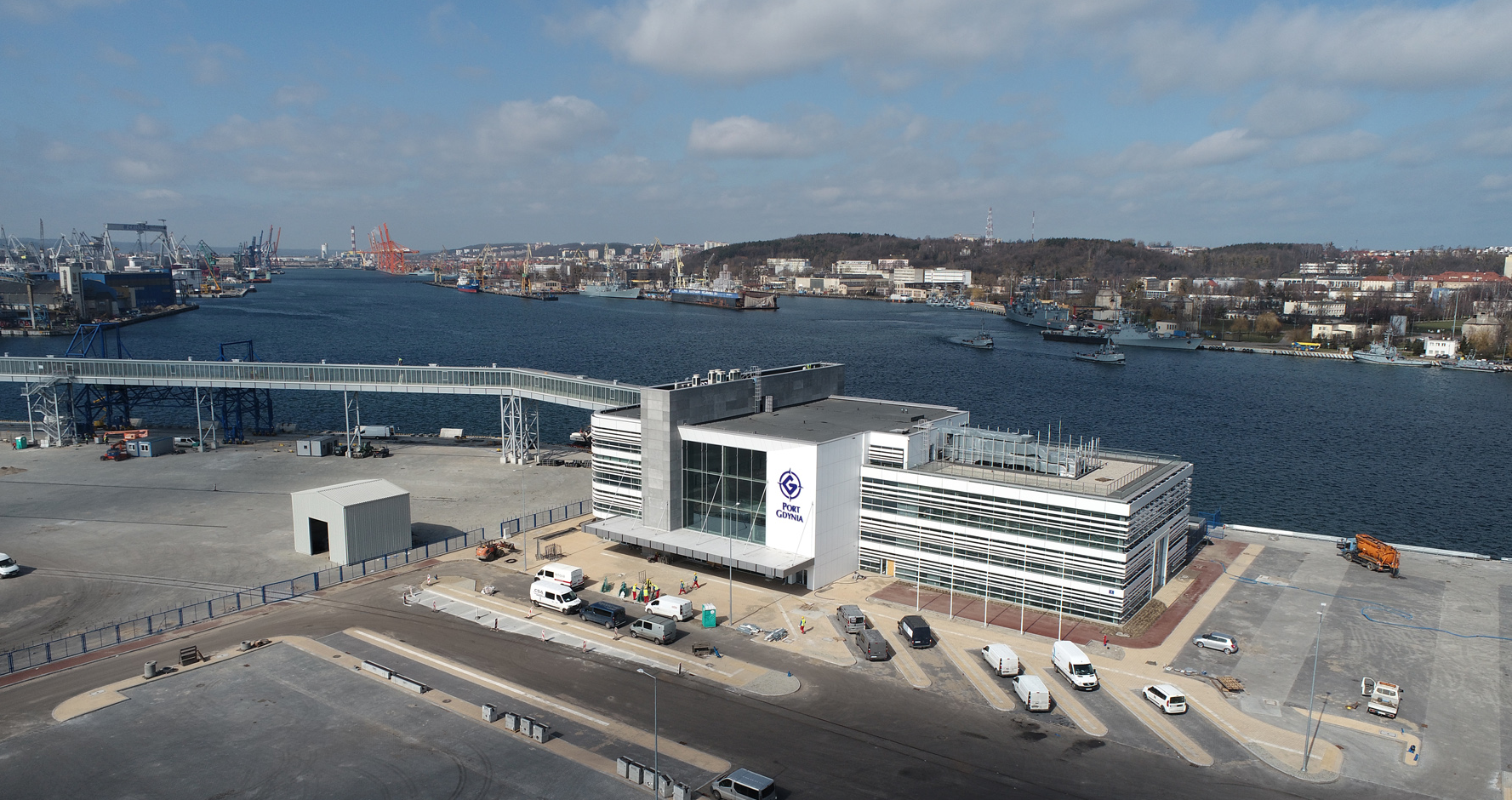
Investment boom in ports continues
2 September 2021Intermodal transport at the Polish ports
Estimates from the Office of Rail Transport (UTK) show that in 2020 intermodal transport amounted to around 2.5 million TEUs, 400,000 TEUs more than in 2019. Thus, intermodal transport in the rail market reached 10.5% (by weight) and 14.5% (by work done). Five years ago this share was 4.6% (by weight) and 7.4% (by work done).
According to studies by the Centre for EU Transport Projects, rail intermodal transport in Poland is expected to increase to a level of around 3 million TEU by 2030. Meanwhile, in 2019 it was 2.14 million TEUs, while in the three quarters of last year – 1.91 million TEUs, or nearly 350,000 TEUs more than the year before. This development is to be supported by the implementation of the document “Directions for the development of intermodal transport in Poland until 2030, in the perspective up until 2040”, which is the first comprehensive study on intermodal transport in our country. This document is to form the basis for negotiations with the European Commission on the amount of financial support for the industry in the 2021-2027 perspective.
The authors of the document, which was prepared by CUPT at the request of the Ministry of Infrastructure, clearly and precisely state that for the development of intermodal transport, and thus increasing the share of railway freight transport, it is crucial for the infrastructure manager to ensure appropriate network parameters which enable efficient transport. It is also necessary to ensure the best possible transhipment infrastructure, as well as to improve operational cooperation with the managers of tangential infrastructure. We should strive to eliminate situations in which users of railway sidings or terminal operators incur expenditure on the development of the infrastructure which they manage, but do not have access to the network provided by the national infrastructure manager due to, for example, its poor technical condition or prolonged modernisation or maintenance work.
It is very important to take account of the need to redefine the rules for applying intermodal transport concession, so that it supports those operators providing transport on routes with the greatest potential for development. The current solution of applying the same concession irrespective of the importance of a route for intermodal development opportunities, limits the possibility of stimulating these opportunities with this type of support. It is therefore recommended to identify the key routes where an increase in the concession will lead to the greatest increase in traffic at the expense of road transport.
According to the CUPT, the most effective subsidies would be for railway lines leading to intermodal terminals, especially those that bring goods imported into the European Union into the common customs territory. This makes the Polish State Treasury the beneficiary of customs duties and taxes (customs, excise duties and VAT). The four Polish seaports (Gdańsk, Gdynia, Szczecin and Świnoujście are the main terminals, which account for 1/10 of the total revenue to the national budget. Priority should therefore be given to railway lines linking sea ports with border crossings in southern Poland, but also to the railway lines on the east-west axis.
Especially that out of the thirty nine active intermodal terminals, the most important of which being located in the regions of the largest agglomerations (Silesia, Warsaw, Poznań, Wrocław, Łódź), it is the terminals in the Polish ports that have the greatest reloading potential. The combined container handling capacity of these facilities is 9 million TEU per year, of which the port terminals have almost 60% of the handling capacity, and the share of the rail transport in their handling operations varies between 25% and 40%.
In terms of the number of intermodal terminals, Poland ranks 8th amongst the EU countries. The largest number of such facilities can be found in Germany (177), France (84) and Belgium (53).The average density per area of the country is 1.25 terminals per 10,000 km² and is not significantly different from the European average (0.9 per 10,000 km²).
The logistics service of Polish seaports is traditionally one of the leading topics of the Gdynia Maritime Economy Forum, whose 20th jubilee edition will be held on October 7-8, 2021.
Article developed with Namiary na Morze i Handel magazine
phot. Namiary na Morze i Handel magazine
